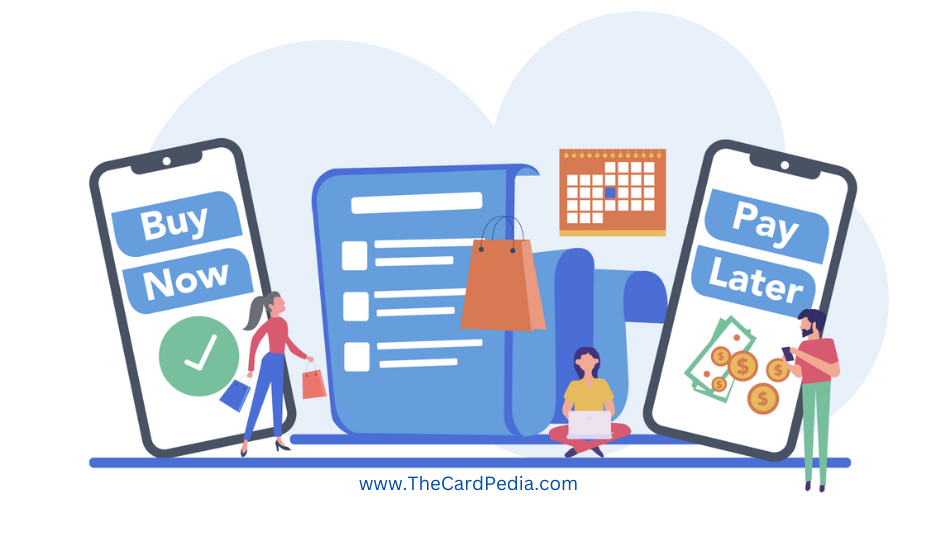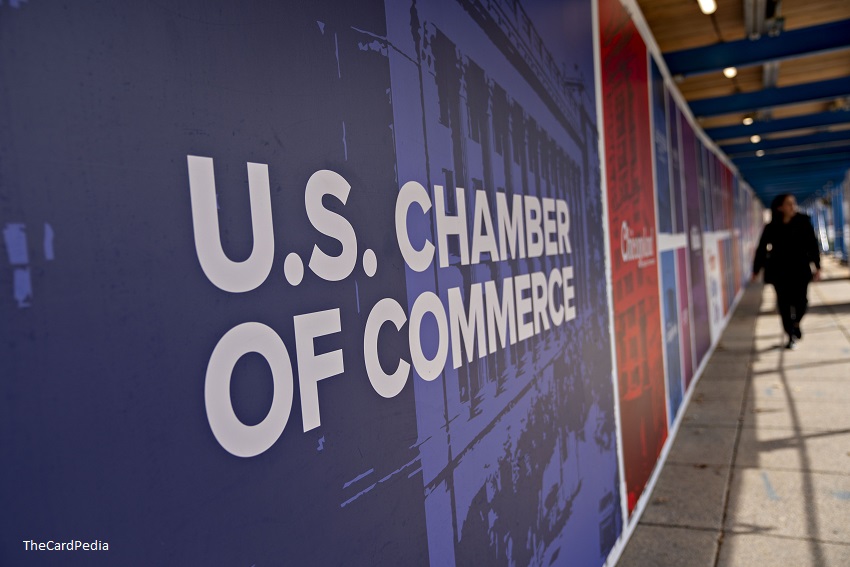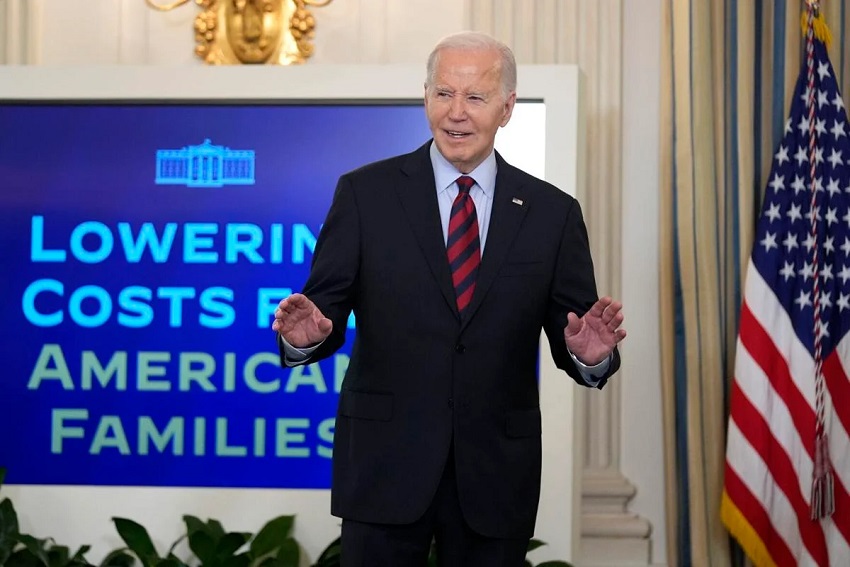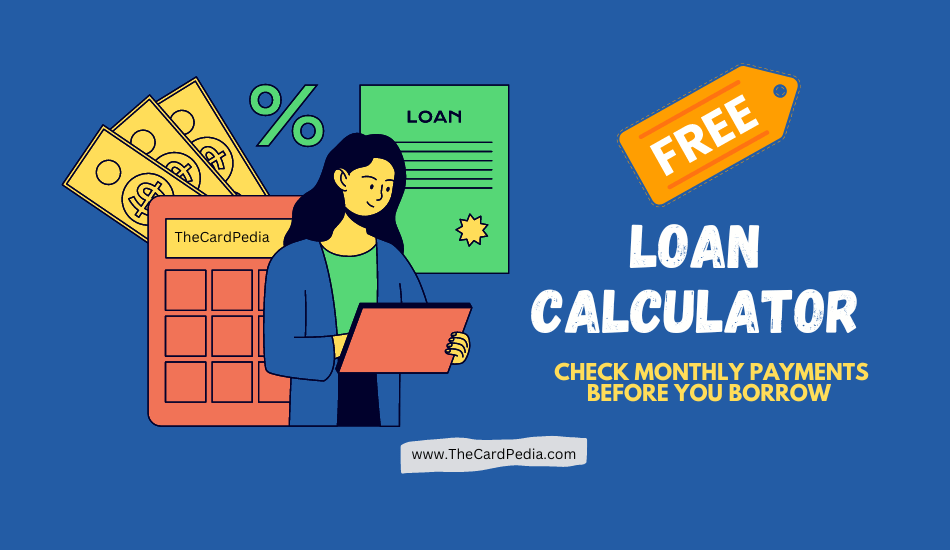The United States is facing its highest level of credit card defaults since 2010, as a growing number of consumers struggle to keep up with rising financial pressures.
According to data from BankRegData, credit card lenders wrote off $46 billion in seriously delinquent loan balances during the first nine months of 2024—a 50% increase compared to the previous year. This alarming trend highlights the challenges many Americans face after years of high inflation and reduced savings.
Why Are US Credit Card Defaults Rising?
Inflation’s Lingering Effects on Household Budgets
High inflation has significantly impacted American households, particularly low-income families. The costs of essentials such as food, housing, and transportation have outpaced wage growth for many workers, leaving limited room in their budgets for discretionary expenses or debt repayment.
“High-income households are fine, but the bottom third of US consumers are tapped out. Their savings rate right now is zero.”
Pandemic-Era Savings Are Depleted
During the COVID-19 pandemic, government stimulus programs and reduced spending opportunities allowed many Americans to build up savings. However, these savings have largely been exhausted, leaving consumers more reliant on credit to cover everyday expenses. This dependence has led to higher credit card balances and, subsequently, greater difficulty repaying debts.
Credit Card Default Data
| Year | Delinquent Loan Write-Offs | Annualized Write-Off Rate (Capital One) |
|---|---|---|
| 2023 (Jan-Sept) | $30.7 billion | 5.2% |
| 2024 (Jan-Sept) | $46 billion | 6.1% |
The sharp increase in write-offs reflects a growing inability among consumers to meet their financial obligations. Capital One’s data highlights the trend, with its annualized credit card write-off rate climbing to 6.1% by November 2024, up from 5.2% the previous year.
The Role of High Interest Rates in Credit Card Defaults
The Federal Reserve’s decision to maintain elevated interest rates has further strained borrowers. Credit card interest rates typically move in tandem with the Fed’s rates, meaning consumers are now facing record-high interest charges on their outstanding balances.
For individuals already struggling to make ends meet, these higher rates create a cycle of mounting debt. Many consumers find themselves paying more in interest than principal, making it nearly impossible to reduce their balances.
Who Is Most Affected? for Credit Card Default
Lower-Income Households
The most significant impact is being felt among lower-income households, where savings are minimal, and credit cards often serve as a financial safety net. As wages fail to keep pace with inflation, these families are increasingly reliant on debt to cover basic necessities.
Younger Consumers
Millennials and Gen Z, already burdened with student loans and rising housing costs, are also contributing to the rise in defaults. Many young adults entered the workforce during or after the pandemic, facing economic challenges from the outset.
Implications for the US Economy
Banks and Lenders
Rising default rates pose a risk to financial institutions. While banks often account for some level of default in their business models, the current spike could lead to tighter lending standards. Such a shift might limit access to credit for consumers who need it most, exacerbating financial strain.
Consumers
For borrowers, the consequences of defaulting on credit cards extend beyond immediate financial hardship. Defaults can significantly lower credit scores, making it more challenging to secure future loans, rent apartments, or even find employment in some cases.
Broader Economic Risks
High levels of consumer debt and rising defaults could also dampen overall economic growth. When households allocate more of their income to debt repayment, they spend less on goods and services, potentially slowing economic recovery.
How Can Consumers Navigate Credit Card Defaults Crisis?
1. Prioritize Essential Spending
In times of financial stress, it’s crucial to focus on covering essential expenses such as housing, utilities, and food. Avoid unnecessary purchases and try to build an emergency fund, even if contributions are small.
2. Seek Financial Counseling
Nonprofit credit counseling agencies can help consumers develop a plan to manage their debt. These services often provide budgeting advice and may negotiate with creditors on behalf of borrowers.
3. Explore Debt Relief Options
For those struggling to keep up with payments, debt consolidation or balance transfer credit cards might offer temporary relief. However, it’s important to carefully consider the terms and potential risks.
4. Communicate with Creditors
Many lenders are willing to work with borrowers experiencing financial difficulties. Reach out to your credit card provider to discuss options such as hardship programs or payment plans.
The rise in US credit card defaults to levels unseen since 2010 is a sobering reminder of the financial challenges many Americans face. High inflation, dwindling savings, and elevated borrowing costs have created a perfect storm for many households.
While banks and policymakers must address the systemic factors contributing to this crisis, consumers can take proactive steps to regain control of their finances. By focusing on budgeting, seeking professional advice, and exploring debt management strategies, individuals can navigate these challenging times and work toward a more stable financial future.
At TheCardPedia.com, we’re your trusted guide to mastering credit cards. Explore expert insights, trends, and tips to make savvy financial choices. Start your journey to financial empowerment now!



















